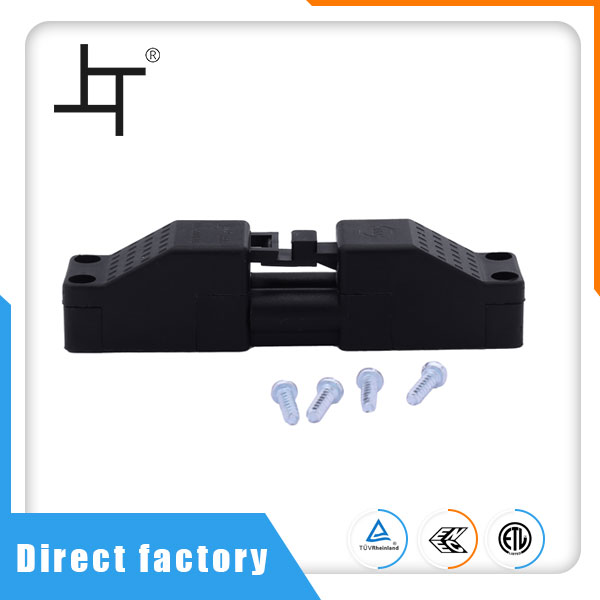How to use a quick connect 2-pin connector
2023-11-13
A quick connect 2-pin connector refers to an electrical connector that enables the rapid and secure connection of two wires or conductors. These connectors are designed for easy and tool-free installation, allowing users to join or disconnect wires quickly. Here's a basic guide on how to use a quick connect 2-pin connector:
Materials and Tools:
1. Quick connect 2-pin connector
2. Stripped wires (typically two wires)
3. No special tools required (designed for tool-free installation)
Steps:
1. Prepare the Wires:
- Strip the insulation from the ends of the wires you want to connect. The length of the stripped portion should be in accordance with the specifications of the connector.
2. Inspect the Connector:
- Take a look at the quick connect 2-pin connector. It usually has two slots or openings for inserting the stripped ends of the wires.
3. Insert Wires:
- Insert one stripped wire end into each slot of the connector. The connector is designed to grip the wires securely without the need for additional tools.
4. Ensure Secure Connection:
- Make sure the wires are fully inserted into the connector, and there is a secure grip on each wire. The design of the connector typically provides a reliable and stable connection.
5. Test the Connection:
- After making the connection, you may want to gently tug on each wire to ensure that they are securely held in place. A well-made connection should be firm and not easily dislodged.
Quick connect 2-pin connectors are commonly used in various applications where rapid and secure connections are needed, such as in automotive wiring, LED lighting installations, and electronic projects. They offer a convenient way to connect and disconnect wires without the need for tools or extensive manual labor.
Always follow the specific instructions provided by the manufacturer of the quick connect 2-pin connector you are using. It's crucial to ensure that the connector is suitable for the intended application and that it meets any safety or regulatory requirements. If you have any doubts or if the application involves high voltage or critical systems, consider consulting with a qualified professional.



